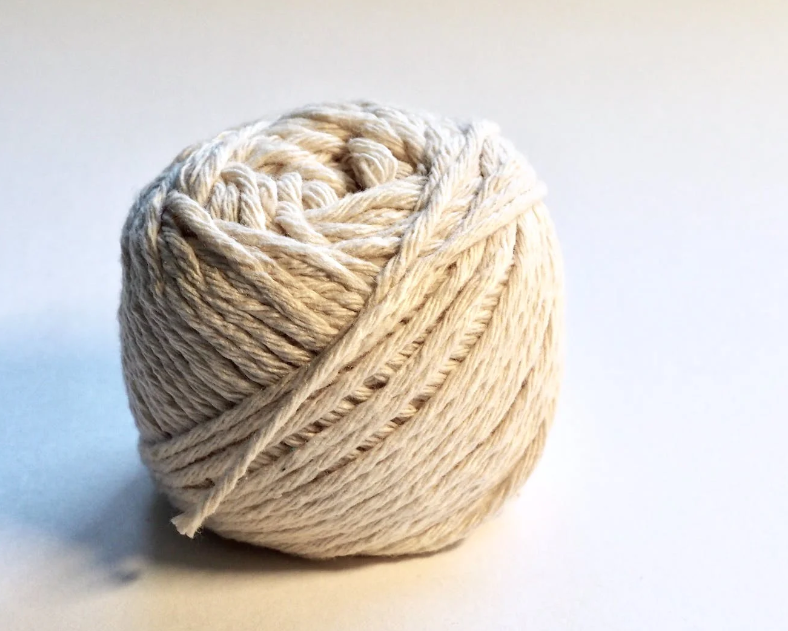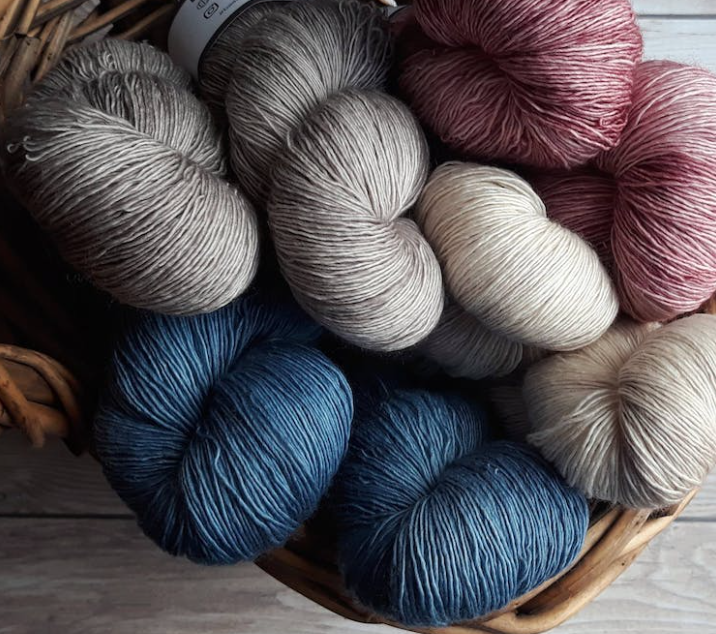Do you know what is the difference between spun polyester and polyester thread? which of them is better for you? Polyester is the material that exists in our life here and there, while it has many derivatives, each of them has different features, in this article, you will know it all.
What Is Spun Polyester?
Spun polyester stands as a synthetic textile crafted by the process of spinning standard polyester fibers into yarn. This method yields yarn utilized to produce threads of varying sizes, tailored to suit diverse fabric applications. Distinguished by its unique production method, spun polyester diverges from conventional polyester in certain aspects while sharing similarities in others. This distinct textile variety possesses traits that make it an exceptional fabric choice. Exploring spun polyester's distinct characteristics sheds light on its versatility and highlights why it stands out as a favorable material for various applications.
What Is Polyester Thread?
Polyester thread, particularly in the realm of embroidery, has swiftly emerged as the preferred alternative to rayon. Renowned for its exceptional sheen and remarkable durability, polyester has gained popularity owing to its capacity to withstand washing and even bleach exposure without compromising its quality. The abundance of polyester embroidery threads available on embroidery and sewing platforms reflects its widespread adoption. Among the variety of options, the Robison-Anton Super Brite Polyester thread, offered in an extensive palette of approximately 400 colors, exemplifies the excellence and diversity that polyester threads bring to the art of embroidery and sewing.
What Is the Difference Between Polyester and Spun Polyester Thread?
The primary disparity between spun polyester and filament polyester thread lies in their composition and resulting characteristics. Filament polyester comprises long, unbroken strands, rendering it exceptionally robust and resilient, ideal for high-wear items like aprons. Nevertheless, its stiffer texture, reminiscent of a synthetic feel, might not suit everyone's preferences. Conversely, spun polyester derives from shorter polyester fibers twisted together, imparting a softer texture preferred by many due to its enhanced comfort. Despite its softer feel akin to cotton, spun polyester falls short in strength compared to filament polyester and may exhibit less durability over multiple wash cycles. Notably, spun polyester, achieved through agitation and chemical processes, possesses absorbent qualities, a softer touch, and a longevity in wear-life. In practical applications, such as in apparel on various websites, spun polyester is commonly utilized, offering a balance between durability and a more comfortable feel, while filament polyester is favored for its robustness in items like aprons and napery, where a blend of filament and spun poly in differing directions can provide both strength and a comfortable "hand."
Characteristic | Filament Polyester | Spun Polyester |
Composition | Long, continuous strands of polyester fibers | Shorter polyester fibers twisted together |
Strength | Exceptionally strong and durable | Not as strong as filament polyester |
Texture/Feel | Stiff and synthetic texture, may not be comfortable for all | Softer feel, often resembling cotton without the lint |
Comfort | Less comfortable due to stiffness | More comfortable due to softer texture and enhanced absorbency |
Durability | High durability, suitable for items subjected to wear and tear | May not hold up as well to repeated washings |
Manufacturing Process | Extruded through a head similar to a shower head | Softened through agitation and chemistry |
Common Applications | Used in aprons, napery, and items requiring high durability | Frequently found in apparel due to its comfort properties |
Usage Blends | Sometimes used alongside spun poly for combined strength | Blended in napery to offer both strength and a comfortable feel |
Best Uses for Polyester Thread
Polyester thread excels in areas where strength and durability are paramount. It is particularly well-suited for:
- Outdoor gear: Because of its resistance to moisture and mildew, polyester thread is ideal for sewing tents, backpacks, and other outdoor equipment.
- Upholstery: The strength of polyester thread makes it perfect for upholstery projects that require strong, long-lasting seams.
- Decorative stitching: The slight sheen of polyester thread adds a decorative element to visible stitches, appealing to those in the wholesale yarn market.
Best Uses for Spun Polyester Thread
Spun polyester thread, with its softer feel and matte finish, is often the thread of choice for:
- Garment construction: Spun polyester is widely used in the apparel industry, particularly for sewing everyday clothing items like t-shirts and dresses.
- Home décor: Its softer texture makes it suitable for sewing curtains, cushions, and other home décor items where a subtle, non-shiny thread is desired.
- Knit fabrics: Spun polyester works well with knit fabrics, offering the necessary strength without compromising softness, making it a staple in wholesale yarn inventories.
Conclusion
The comparison between spun polyester and polyester thread reveals distinctive qualities and applications for each type. Filament polyester is exceptionally strong and durable, suitable for high-wear items like aprons, while spun polyester offers a softer, more comfortable texture akin to cotton, though it may not be as durable over time. The choice between these threads depends on the specific needs of the application: filament polyester for durability and spun polyester for comfort. For those in the wholesale yarn industry, understanding these differences enables better decision-making, ensuring you can offer the right product for various fabric projects, balancing both durability and comfort.



